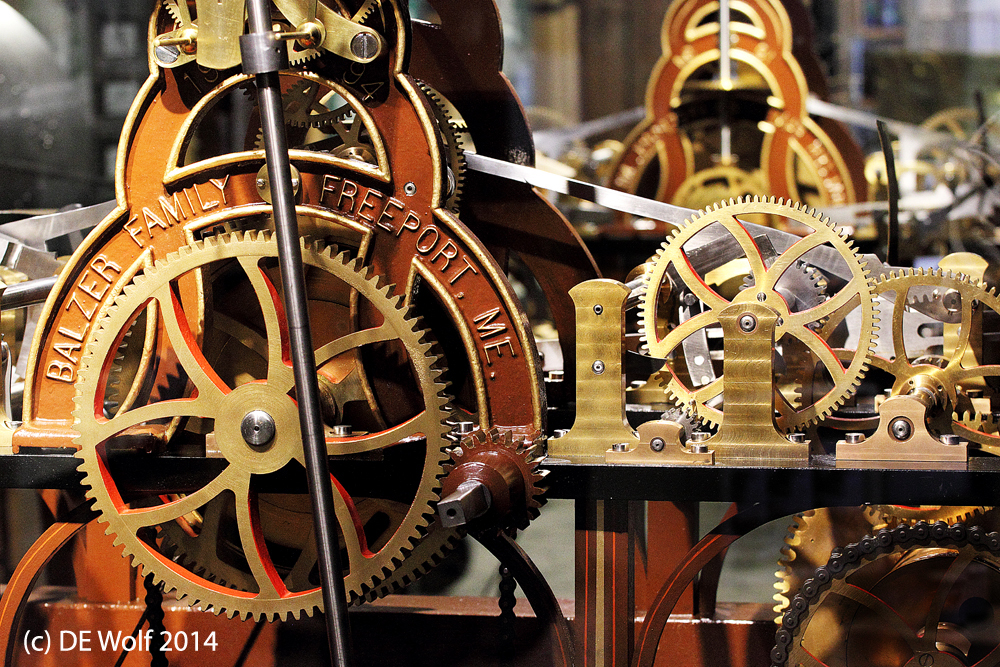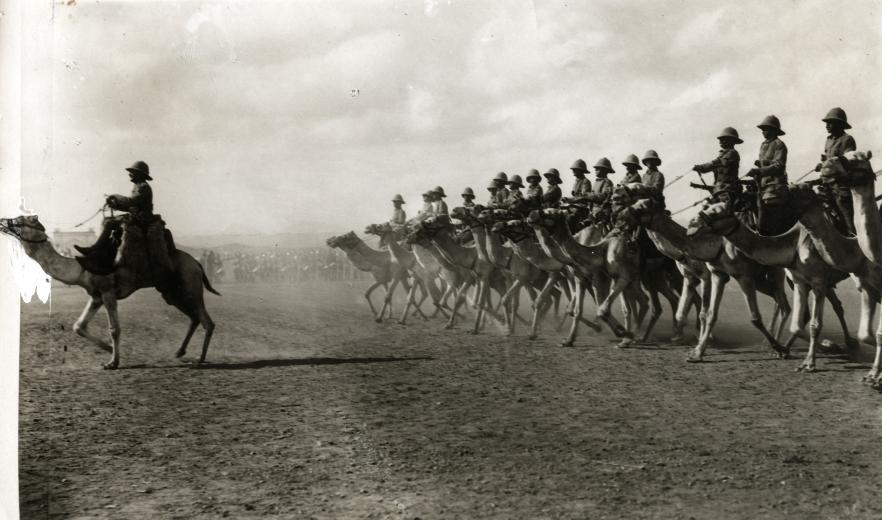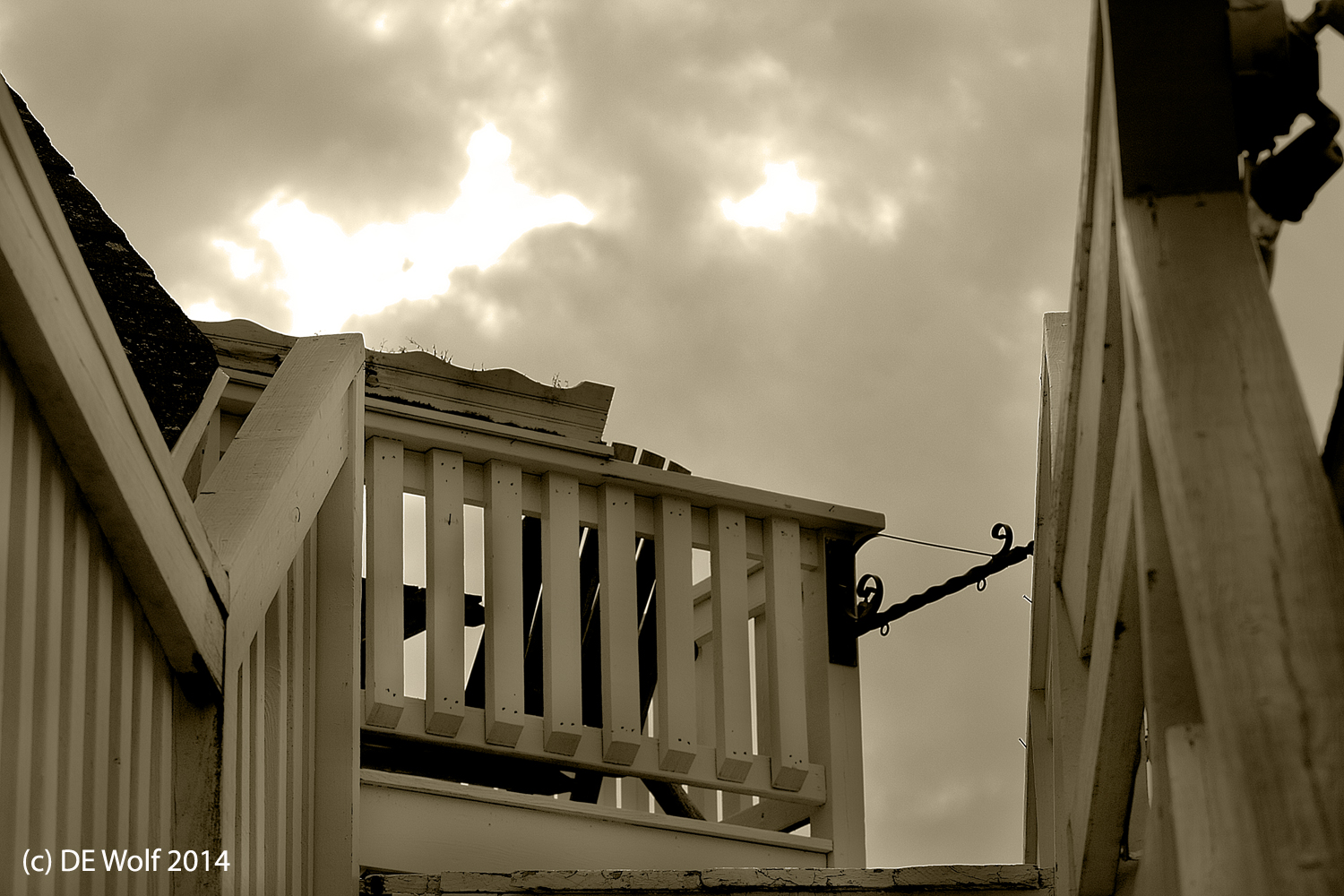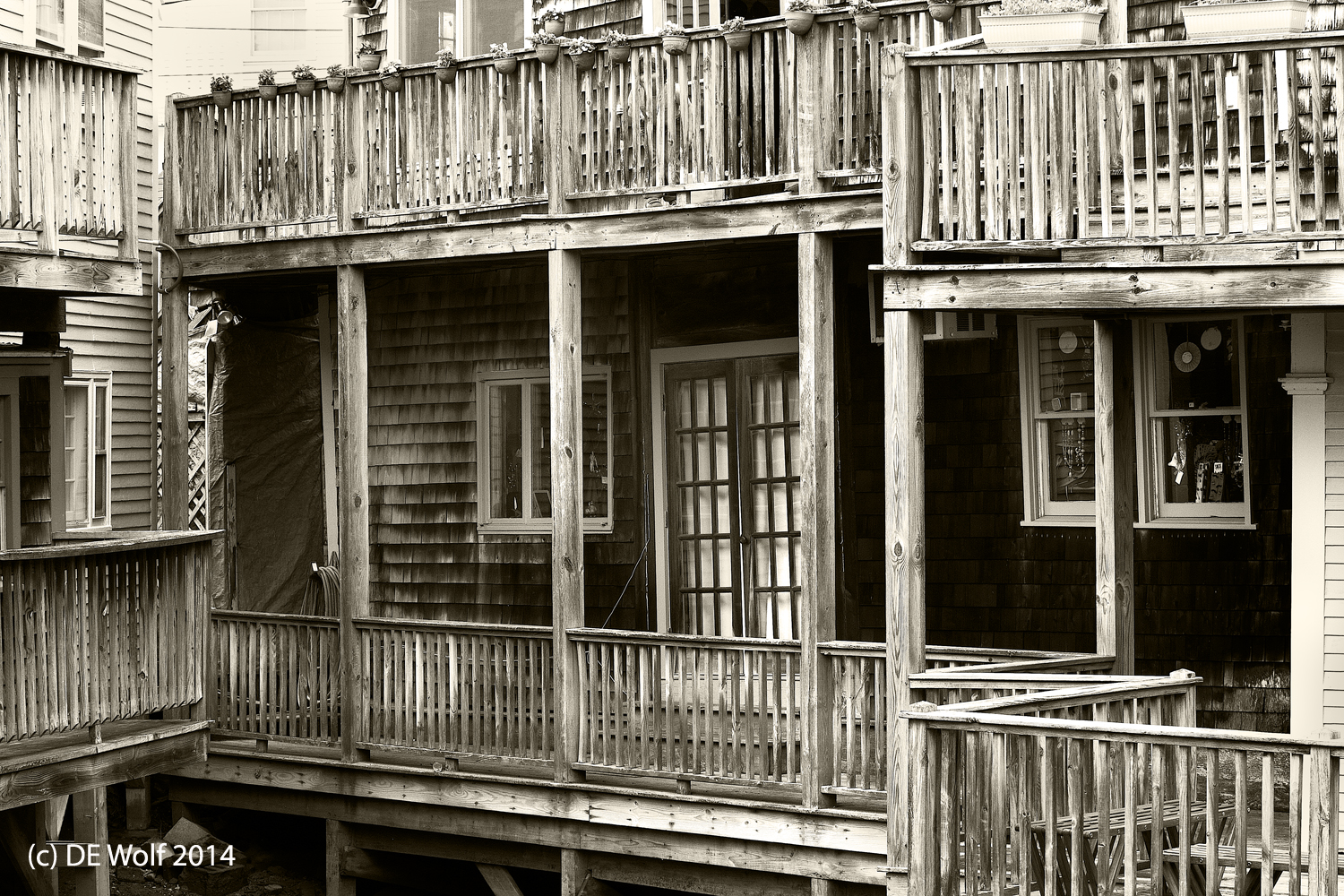That’s pretty much the bottom line. I was reading my blog of yesterday and started studying the Mars Rover selfie in greater detail. And I realized that there was an important aspect to point out – hence today’s addendum. Remember that this image was done by stitching and what that means is that an object that is not in both images is omitted or blurred out – here I think omitted. It’s kinda a bit of image processing mumbo jumbo, or abracadabra to use the cabalistic term! The point is that there is an intense shadow in the center right that comes from what? Nothing else is casting a shadow. It is the shadow of the robot arm. But the arm itself is not there. How is that for incongruous?
It is a lot like the Invisible Man leaving footprints in the snow and is very reminiscent of our discussion of the now infamous Apple Map image of the Loch Ness Monster. For these Earth images you have to mosaic, in that case in time, so that you can correct for bad weather. That is done by an averaging method and something that was there yesterday but gone today becomes just a bot ghost-like.





